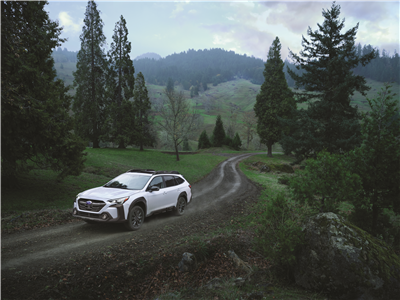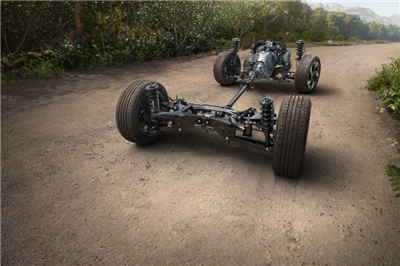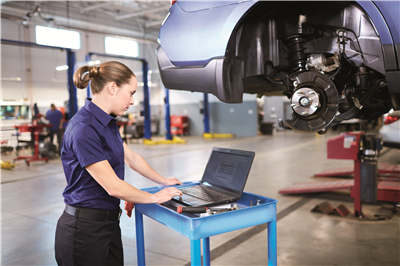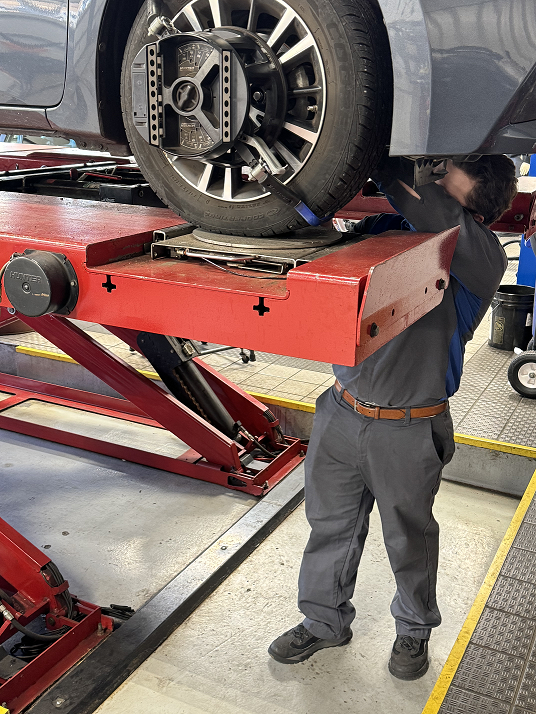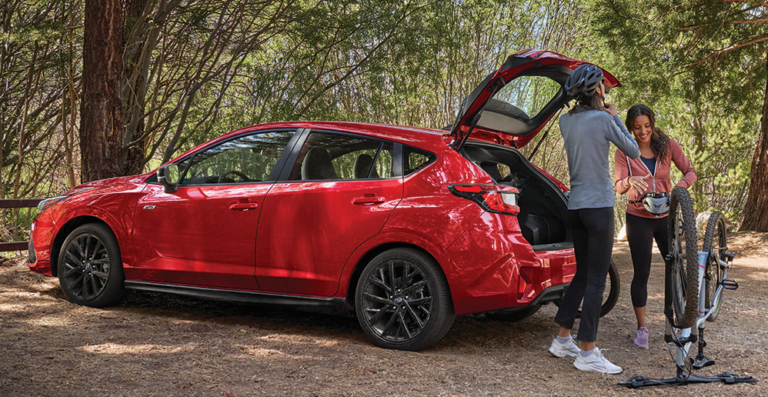The Subaru Brake System Connecticut: A Safety-Critical Masterpiece
As a Subaru owner in Connecticut, understanding the inner workings of your vehicle’s Subaru brake system Connecticut is crucial for safe driving. While it may seem like a simple process of pressing the pedal and slowing down, the reality is far more complex. Buddy Blichfeldt, a service expert at Quality Subaru in Wallingford, CT, breaks down the intricate components and emphasizes the safety-critical nature of this vital system.
The Brake Pedal: Where It All Begins
“It all starts with your brake pedal. So, when you apply your brake pedal, what you’re doing is you’re now activating the system itself.”
The brake pedal is the first point of contact between you and the braking system. When you press down on the pedal, a chain reaction is set in motion, engaging various components to bring your Subaru to a safe stop.
The Master Cylinder: Pressurizing the System
“The brake pedal now activates the system, what happens? Well, you have fluid, you have your brake fluid that goes through what’s called a master cylinder, and that’s going to apply pressure.”
The master cylinder is a crucial component that converts the mechanical force from the brake pedal into hydraulic pressure. This pressure is then transmitted through the brake lines and fluid to the calipers, initiating the braking process.
Calipers and Pads: The Gripping Force
“Brake fluid is a non-compressible hydraulic fluid. That means it can transfer the force from the pedal to the calipers without losing any pressure. Brake fluid can also withstand high temperatures generated during hard braking, preventing brake fade and maintaining consistent performance.
In addition to its hydraulic properties, brake fluid also lubricates the brake system’s moving parts. It reduces wear and tear and prevents corrosion. It also plays a vital role in maintaining the seals and hoses in the braking system, preventing leaks”
The calipers are the clamps that hold the brake pads in place. When the hydraulic pressure from the master cylinder is applied, the calipers squeeze the brake pads against the rotors, creating the friction necessary to slow down or stop your Subaru.
Brake Rotors: The Stopping Power
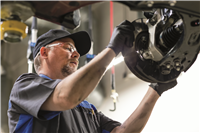
“So, the brake pad is the next thing that clamps down and that’s gonna clamp down onto the brake rotor, which is basically, it’s just a metal disc. So, I mean, that’s what’s stopping your vehicle.”
The brake rotors are the metal discs that the brake pads clamp onto. As the pads grip the rotors, the resulting friction converts your Subaru’s kinetic energy into heat, effectively slowing or stopping the vehicle.
The Importance of Proper Maintenance
“So, it’s not an overly complicated system. It’s just something that you need to maintain to perform its best. And the biggest safety system within your vehicle is the braking system. So, you never, ever, ever want to delay service on your brakes. That’s the most important thing you can be doing for your vehicle.”
While the brake system may seem straightforward, Blichfeldt emphasizes the importance of proper maintenance. Regular inspections, fluid changes, and component replacements are crucial to ensure the system functions optimally, safeguarding you and your passengers on Connecticut roads.
By understanding the intricate components of the Subaru brake system Connecticut and the importance of proper maintenance, Connecticut drivers can ensure their brakes are in top condition for safe and reliable performance on the road.
FAQ
How often should I have my Subaru’s brake fluid replaced?
According to Blichfeldt, brake fluid should be replaced every 30,000 miles to prevent breakdown due to temperature fluctuations.
Why do front brake pads wear faster than rear pads?
The weight distribution and dynamics of the vehicle cause more wear on the front brakes during braking
What causes brake rotors to warp?
Excessive heat buildup, often from aggressive or panic braking, can cause brake rotors to warp or become misshapen.
Can I replace just the brake pads or do I need to replace the rotors too?
While not always necessary, replacing brake pads and rotors together is often recommended to ensure even wear and optimal braking performance.
Why is it important to use genuine Subaru brake pads?
Genuine Subaru brake pads are designed to prevent squeaks and premature wear, ensuring optimal braking performance and longevity.



